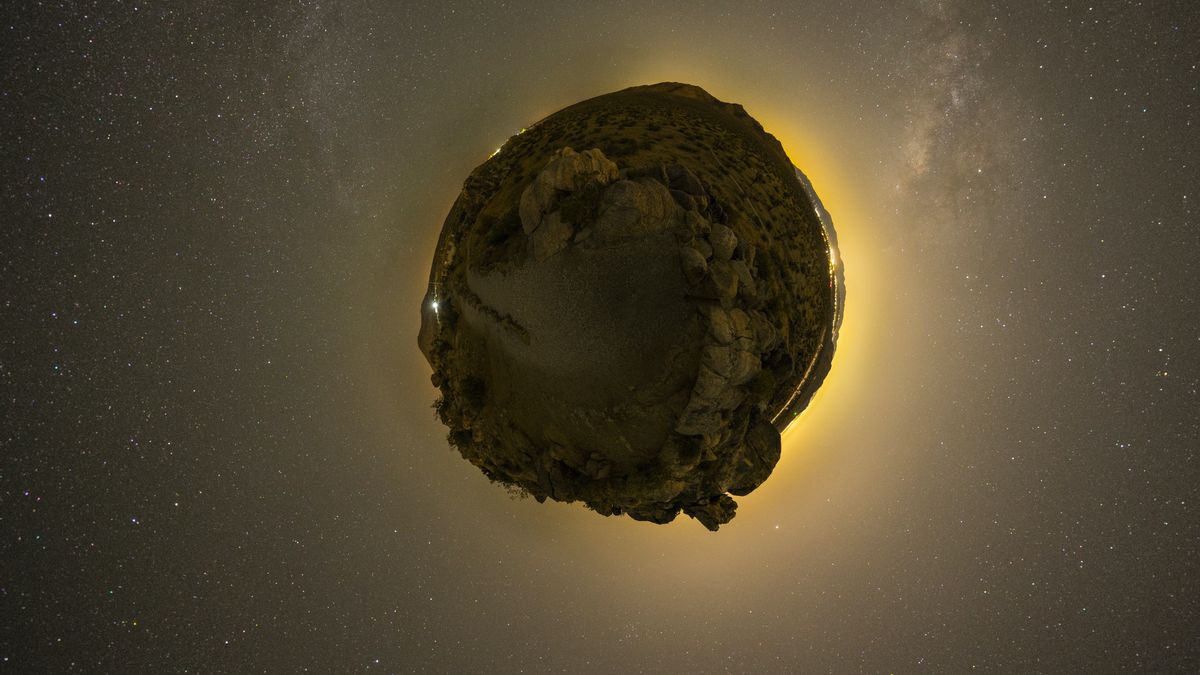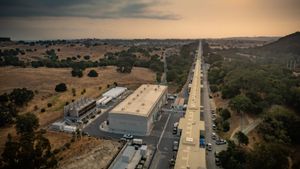YOGYAKARTA - Rock and dust samples from asteroid Bennu made it to Earth after taking a billion km expedition with the OSIRIS- REx spacecraft ( Origins, Spectral Interpretation, Resource Identification and Security) NASA. How do you know Asteroid Bennu?
NASA, in an explanation on its official website, revealed the capsule landed at Week(24/9) at 08.52 MDT(21.52 Wib), in the targeted area in the Utah Test and Training Area selecting the US Department of Defense, near Salt Lake City.
"Congratulations to the OSIRIS- REx team on the perfect-return mission of the first American asteroid sample in history- which will deepen our description of the origin of our solar system and its formation," said NASA Director Bill Nelson.
Then, what exactly is the asteroid Bennu whose sample is brought to Earth to be studied?
Bennu is an asteroid containing piles of debris in the form of a gasing that turns around, about a third of a mile (500 m) wide and consists of rocks bound by gravity.
Thanks to the overall survey, the mission team obtained information intake that had not been obtained beforehand about asteroids. It is stated about the discovery of water in the form of ice locked in rocks, to carbon which is mostly related to life.
اقرأ أيضا:
Bennu is also arguably an ancient asset from the early days of our Solar System, because it has experienced a history of more than 4.5 billion years. Scientists guess that within 10 million years after the Solar System was created, the composition of Bennu has been created at this time.
Citing NASA's official website, Bennu is most likely separated from a much larger asteroid and carbon-rich by around 700 million to 2 milliars last year. Bennu is most likely created in the Main Asteroid Belt between Mars and Jupiter, and has since then flown closer to Earth.
Because of his very old age, Bennu can have organic molecules similar to molecules that may participate in the beginning of life on Earth.
Why do you need an asteroid analysis?
Scientists want to analyze the rock and soil from asteroid Bennu for the next 2 years in a special room inside the Johnson Space Center.
About 70 percent of the sample will remain pure in storage so that future generations with better technology can learn more.
Neil Bowles, an expert at Oxford University, revealed that one of the ways to take samples is so that scientists can equate the results of laboratory tests with remote observations tried by the OSIRIS- REx telescope.
He is also an expert who wants to heat Bennu rock fragments to explore the infrared radiation he emits. Neil said this research could help scientists explore composition comparisons on all Bennu surfaces more accurately.
Kerri Donaldson Hanna, a planetary geologist at the University of Central Florida, said such "field checks" could also help scientists interpret other asteroid observations in the Solar System that could only be learned with telescopes or spacecraft.
"This is really interesting," he said.
Understanding the composition and orbit of asteroids is the key in predicting which asteroids may approach Earth and when it will come. Not only that, the sample is said to reveal information about the creation and history of the Solar System, and the position of asteroids in supporting the development of Earth-like habitable planets.
So after knowing Asteroid Bennu, see other interesting news on VOI, it's time to revolutionize news!
The English, Chinese, Japanese, Arabic, and French versions are automatically generated by the AI. So there may still be inaccuracies in translating, please always see Indonesian as our main language. (system supported by DigitalSiber.id)

















